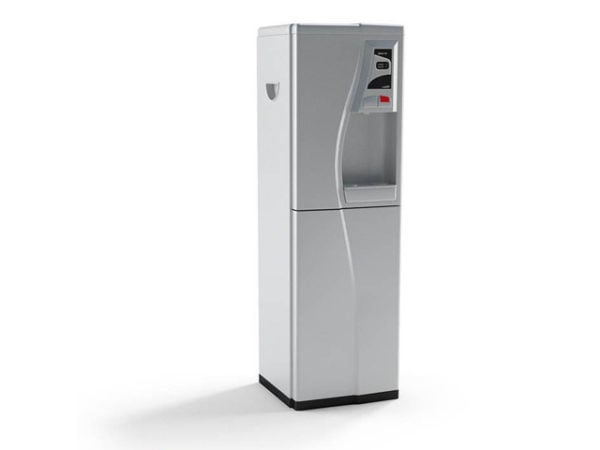

In 7-zip-GUI: two panels mode, one side archive, other side changed settings (you need to know which are these or compress the complete directory, delete the original on your stick and replace it with the new one). In the end, delete your temporary extracted application. Afterwards, compress the changed files again with update-switch to your USB-drive. Write a batch-file to unpack your archive to %temp% and run the application. Take Portable 7-zip onto you USB-drive and the applications you need. That all depends on the fact, that 7-zip is installed on the machine you use (at least 7z.exe /7za.exe). If you have write access, it would be nice to be asked if the changes should be saved to archive (sometimes you might want to, sometimes not.). So *some* applications could be run the way you suggest, but would be limited to applications that do not use registry to store settings (registry of foreign PCs would be cluttered) and it would be limited to media you have write access to. It seems to be similar to the setup-feature in most zip-utilities (temporary unzip of the whole archive and run setup.exe / install.exe if detected). Easy Ways to Find BitLocker Recovery Key from Active Directory | Password Recovery (top-password.Hello what you think of is a feature that (afaik) isn't really done for archive-formats that exist longer than 7z (e.g. The result was a new image suitable as input for the Autopsy. Then I just used the FTK Imager once again to create image of the mounted decrypted logical drive.

At the end I had decrypted volume visible in the Explorer. Then I used the recovery key to “unlock BitLocker protected volumes” from the BitLocker menu. When asked I used the option to mount the image as read only. When used without a license it runs in a free mode, but that’s just ok. This tool as its name suggests can mount images. Next step would be mounting the image, using the recovery key to decrypt it’s content, creating another image and processing it with Autopsy. Archive Mounter uses gvfs, which I guess lets you use gvfs-copy, gvfs-ls, gvfs-rm etc, but I see no way to use most commands, e.g. It goes without saying that you should use a write-blocker when doing forensic investigation.įor this data recovery use case it’s not important though. But this doesn't actually mount the file like avfs does. It is free of charge and can be downloaded from here. The museum archives are currently in the process of being re-catalogued. The Mount Rainier archives consist of official park records, manuscript collections, historic images, motion picture films, and other collections. If you ever needed to obtain forensic images, you’ve most likely heard of this tool already. With this feature, you dont need unpack archives before open files in archive, which can help you save lots of time. With that I’ve turned the machine off and removed the drive and connected it to my forensic box. I ran this command from Powershell as Admin (where C is the drive letter): manage-bde.exe -protectors -get C: In case you are in a corporate domain, these keys are stored in Active Directory Domain Service( AD DS). In my scenario I had admin access to the machine so the recovery key was easy to obtain via elevated powershell. Here is a short note on how to handle BitLocker encrypted drives when you need to recover some data from it.


 0 kommentar(er)
0 kommentar(er)
